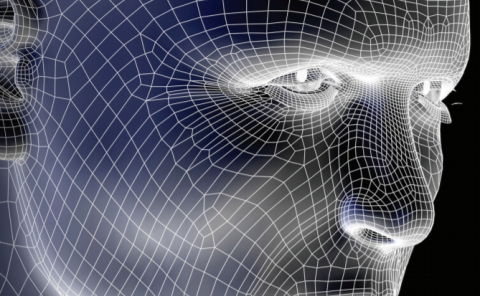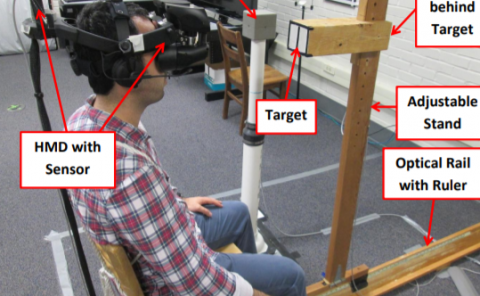Where to Look: Exploring Peripheral Cues for Shifting Attention to Spatially Distributed Out-of-View Objects
PubDate: September 2018
Teams: University of Oldenburg,University of Applied Science,Institute for Information Technology
Writers: Uwe Gruenefeld;Andreas Löcken;Yvonne Brueck;Susanne Boll;Wilko Heuten

Abstract
Knowing the locations of spatially distributed objects is important in many different scenarios (e.g., driving a car and being aware of other road users). In particular, it is critical for preventing accidents with objects that come too close (e.g., cyclists or pedestrians). In this paper, we explore how peripheral cues can shift a user’s attention towards spatially distributed out-of-view objects. We identify a suitable technique for visualization of these out-of-view objects and explore different cue designs to advance this technique to shift the user’s attention. In a controlled lab study, we investigate non-animated peripheral cues with audio stimuli and animated peripheral cues without audio stimuli. Further, we looked into how user’s identify out-of-view objects. Our results show that shifting the user’s attention only takes about 0.86 seconds on average when animated stimuli are used, while shifting the attention with non-animated stimuli takes an average of 1.10 seconds.


